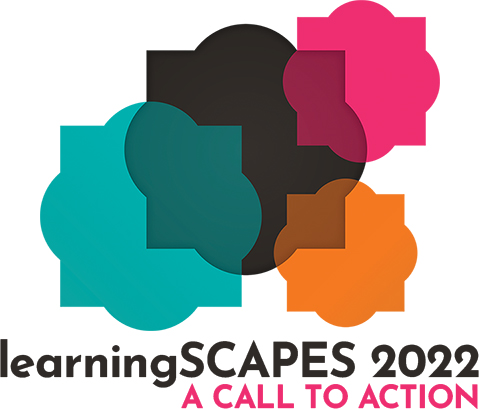 | 1.5 LU |
 | 1.5 LU |

Kate Mraw, LPA Design Studios
Jeff Becker, Fresno County Superintendent of Schools, California’s Coalition for Adequate School Housing Chair

Maria Coronado Cabrera, University of Oregon, NetZED Laboratory
Don Ulrich, School Strategies Solutions
Tom Duffy, Coalition for Adequate School Housing
Julie Arthur, Executive Director of Facilities, Palm Springs USD
Alan Reising, Business Services, Long Beach USD
The University of Oregon conducted a study for the California School Facilities Research Institute (CSFRI) to identify built elements of K-12 schools that influence student health, engagement, and learning. The immediate goal of the University was to gather existing national/international research identifying environments impacting student wellbeing and learning. The long-term goal is using research to inform local, state and federal education agencies and policy makers of the impact of built environments on students. At this session panelists from CSFRI will share the findings of the study conducted to date, the opportunities for application and how every region can leverage research to inform decision making. This session shares multiple perspectives from advocacy to the perspectives from district, planners, and designers. This is both an informative and inspirational discussion on how every individual, with this research, has the capacity to make an impact in their community.
This research is a call to action. This research is a response to that call.
This research provides any A4LE member or attendee who wants to make an impact in creating equitable, safe and supportive learning environments.
Learning Objectives:
What evidence is there that design matters? That a particular method of delivery is advantageous? That one product is better than another? What lessons have you learned?
Primary Core Competency
Educational Visioning: Exhibits an understanding of best and next practices related to educationalleadership, programming, teaching, learning, planning and facility design. Establishes credibility with educators, community members and design professionals while conceiving and leading a community-based visioning process. Demonstrates the ability to articulate the impact of learning environments on teaching and learning and uses that ability to facilitate a dialogue that uncovers the unique needs and long-range goals of an educational institution and its stakeholders – translating that into an actionable written/graphic program of requirements for the design practitioner.